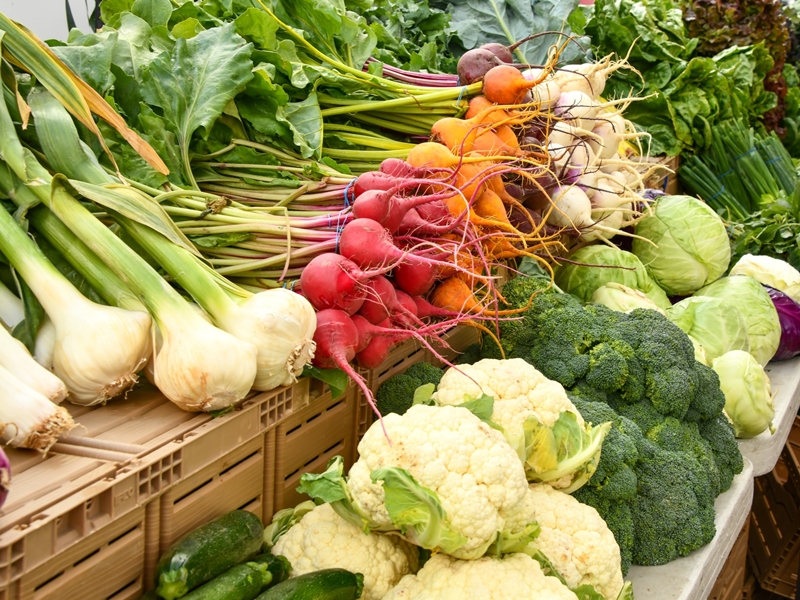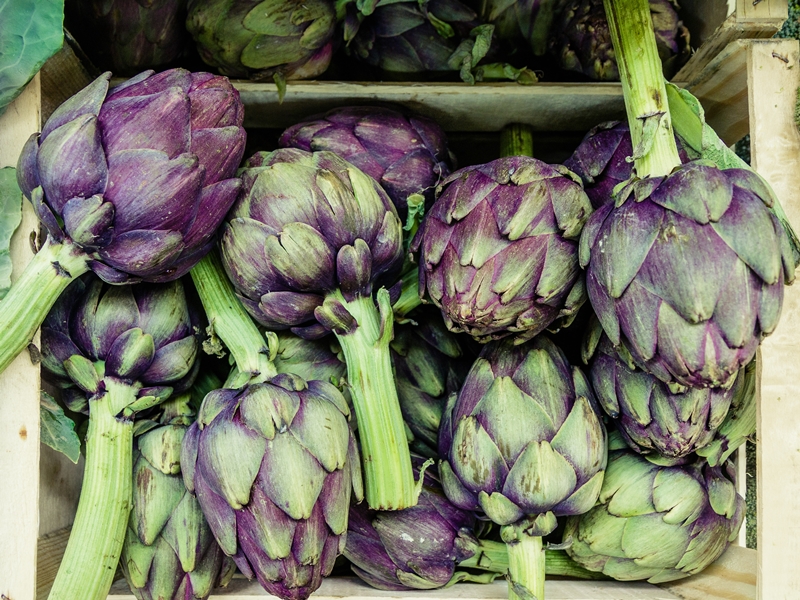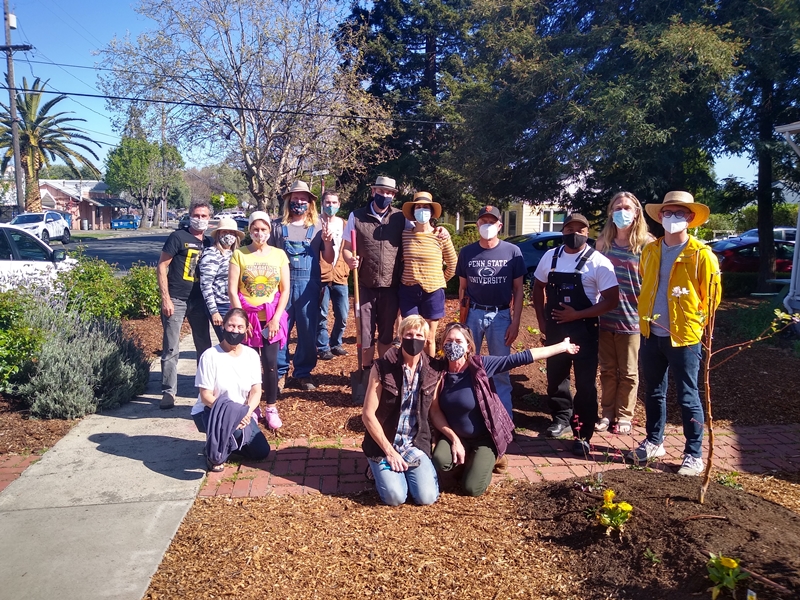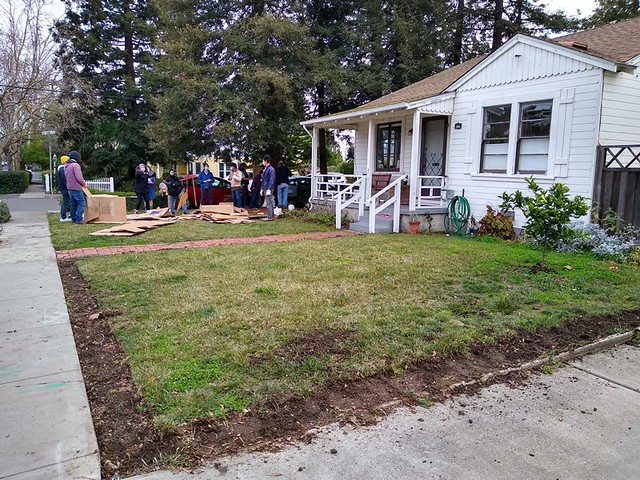Conversation Circles Program Creates New Opportunities and Environmental Resources
By Gabriela Estrada and Jonathan Erwin, Program Managers

While the Conversation Circles program in Central Solano (formerly the Listening Circles program) has come to the end of its grant term, our commitment to increase the understanding of environmental issues that affect Solano communities is ongoing. Using what we learned through the Conversation Circles program, we will continue to help residents access important environmental, health and other data that you can use to inform decision-making within your community.
Toward that end, we have created our Environmental Resources section of the website, where you can learn more about some of the environmental and health factors that affect our communities and see resources at the county and city level when it comes to addressing environmental concerns and preparing for disaster. The pages also list organizations that are working in our communities.
We have robust data for Fairfield, Suisun City and Vacaville out of the Conversation Circles program, and hope to build similar data for our other Solano County cities going forward.
As part of closing the Conversation Circles program, we created a Neighborhood Impact and Assessment Report where we documented the project, challenges and opportunities. Here are some of the newly created opportunities and lessons learned through this project:
Connecting with Other Community Groups
Connecting with other organizations in each of the cities we worked with is key. These partnerships have opened the door for future collaboration efforts and further community engagement at a neighborhood level. Equally important, it also created an opportunity for us to combine efforts towards a common goal.
Building Trust and Showing Up
While we have a lot of partnerships with other organizations, this project brought us to a few neighborhoods that we’ve never worked in before. By collaborating with other organizations serving these areas, we were able to begin building trust and a sense of community. Sustainable Solano will continue to show up and create opportunities for engagement and will continue to work with community members in creating a happy, healthy and thriving community.
Connecting with Government Officials
Connecting with government officials gave the project manager a clear idea of the “lay of the land” to learn about the neighborhoods, the opportunities, the history and some of the potential challenges (both environmental and social) that a project might face. Connecting with government officials also created room for future collaboration efforts, including urban forestry efforts, community gardens and resiliency efforts through our other programs.
Increasing Reach with Support from Other Programs
We will continue to seek creative ways we can connect with community members through our other programs about the environmental data that affects their neighborhoods.
For more details, read the complete Neighborhood Impact and Assessment Report.
We plan on building on these lessons to inform the Environmental Resources pages and the rest of our programs, including the Resilient Neighborhoods program, now expanding to Suisun City, and the Youth Leadership program.
As we have continued to scale our Resilient Neighborhoods program and our research across Solano County, we realize that there is a disconnect in the information on environmental progress and the general public access to that information. City and county plans are often spread across many websites and buried with departments and commissions. Within this cacophony of public information, it can be difficult to find what is relevant and what is most up to date within the county and selected cities. As we found with last fire season, and potentially any upcoming disaster, knowledge is power and can mean the difference between safety and struggle. We will continue to find ways to make that information more easily accessible within Resilient Neighborhoods and beyond.
The Youth Environmental Leadership Fellowship now in development will encourage high school youth to examine CalEnviroScreen and other data, examine environmental justice issues within the county and their communities, participate in hands-on mitigation training, and present to city leaders and community members about the environmental information and possible solutions at the individual, community and policy level. This will continue to engage the wider community through the youth presentations and projects, and the data they collect will make our Environmental Resources pages more robust throughout the county.
Through these pages, we seek to emphasize relevant local work and organizations that share our mission of nurturing initiatives for the good of the whole. See anything we missed? Let us know at info@sustainablesolano.org
The Conversation Circles program and Environmental Resources page development was generously funded through the California Environmental Protection Agency’s Environmental Justice Small Grants Program.






